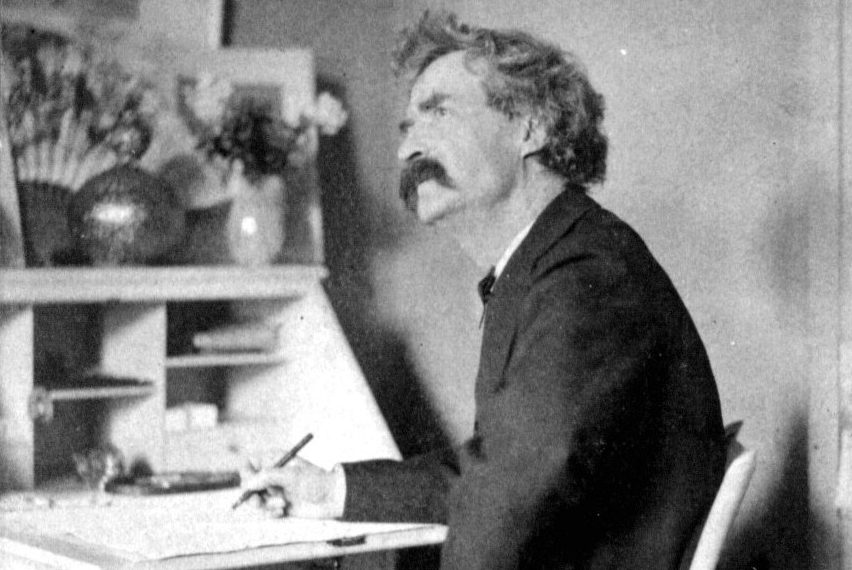
"The "Americans who are painted to peculiar advantage by Mr. Clements" ( sic), as fellow American satirist William Dean Howells wrote at the time, still roam the Earth-including travelers like one who "told the English officers that a couple of our gunboats could come and knock Gibraltar into the Mediterranean Sea." The tactlessness and belligerence Twain skewered do not feel historically so far from home."
"Twain's portraits-"somewhat caricatured... or carefully and exactly done"-proved so popular with readers that he followed up with an unofficial sequel, 1880s A Tramp Abroad, a somewhat more serious fictionalized travelogue of Americans journeying through Europe; this time but two, Twain and his friend "Harris." In the previous book, complained Howells, the reader learns "next to nothing about the population of the cities and the character of the rocks in the different localities.""
Satirical travel accounts portray U.S. travelers journeying through Europe and Palestine with a mix of caricature and precise observation. The portraits balance comic exaggeration and careful, exact detail, making them widely popular. Popular reception spurred a later, more serious fictionalized travelogue focused on two travelers and concentrated outward attention on landscapes, cities, and local characters. Readers encounter minute, descriptive passages that emphasize curiosity, perplexity, and delight in new surroundings. The narrative tone shifts between satire and affection, and practical matters like food frequently provoke dissatisfaction amid broader admiration for places and people.
Read at Open Culture
Unable to calculate read time
Collection
[
|
...
]